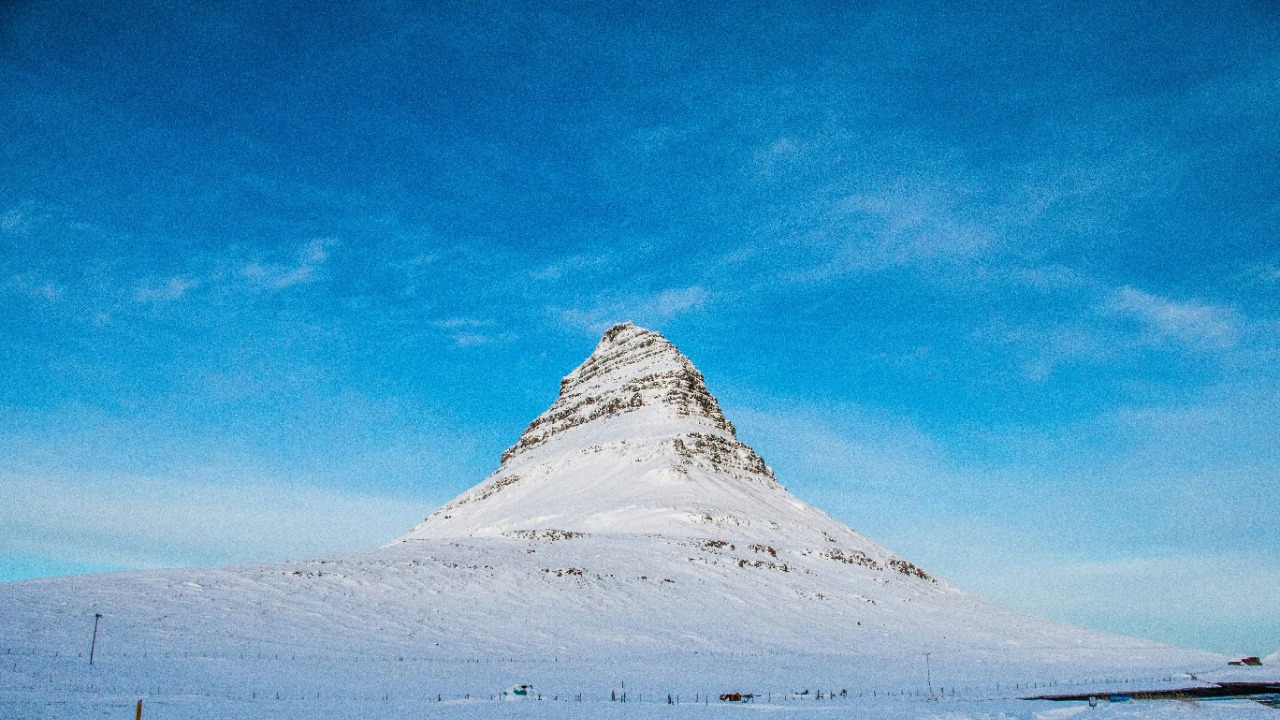
Recent scientific advancements have unveiled pyramid-like peaks hidden beneath the icy expanse of Greenland, captivating the imaginations of researchers and enthusiasts alike. These mysterious formations, revealed through cutting-edge imaging technology, raise intriguing questions about the geological history and potential secrets lying beneath the ice.
The Discovery of Pyramid-like Peaks
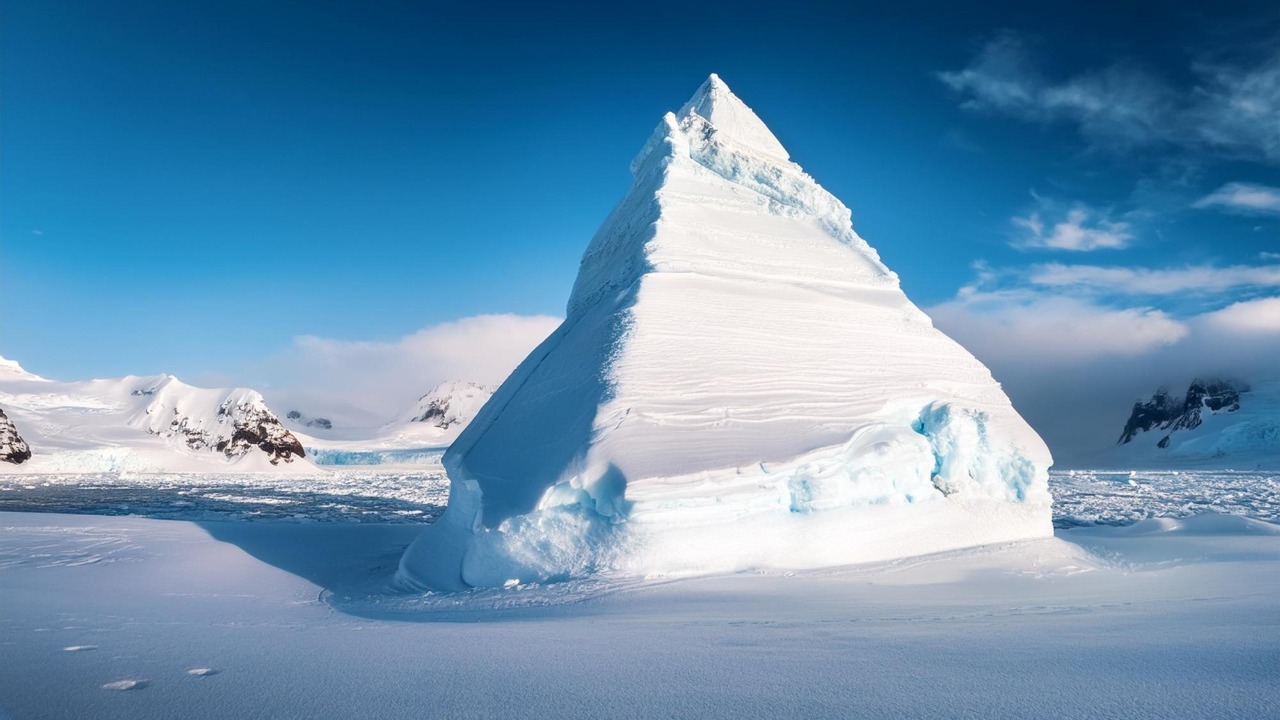
In a fascinating turn of events, researchers have utilized advanced remote sensing technology and satellite imagery to uncover pyramid-like peaks beneath Greenland’s ice sheets. This remarkable discovery was made possible through the collaboration of international research teams, employing sophisticated techniques that penetrate the thick ice layers to reveal the underlying geological structures. The initial reactions from the scientific community have been a mix of excitement and curiosity, as these formations may hold the key to understanding the region’s ancient past.
These Greenlandic formations have drawn comparisons to similar discoveries in other icy regions, such as Antarctica. Here, scientists have also identified mysterious structures that resemble pyramids, stirring debates and speculations about their origins. The revelation of these peaks under Greenland’s ice not only adds to the growing body of evidence suggesting complex geological processes at play but also highlights the potential implications for our understanding of Earth’s geological history.
The Geological Significance of the Peaks
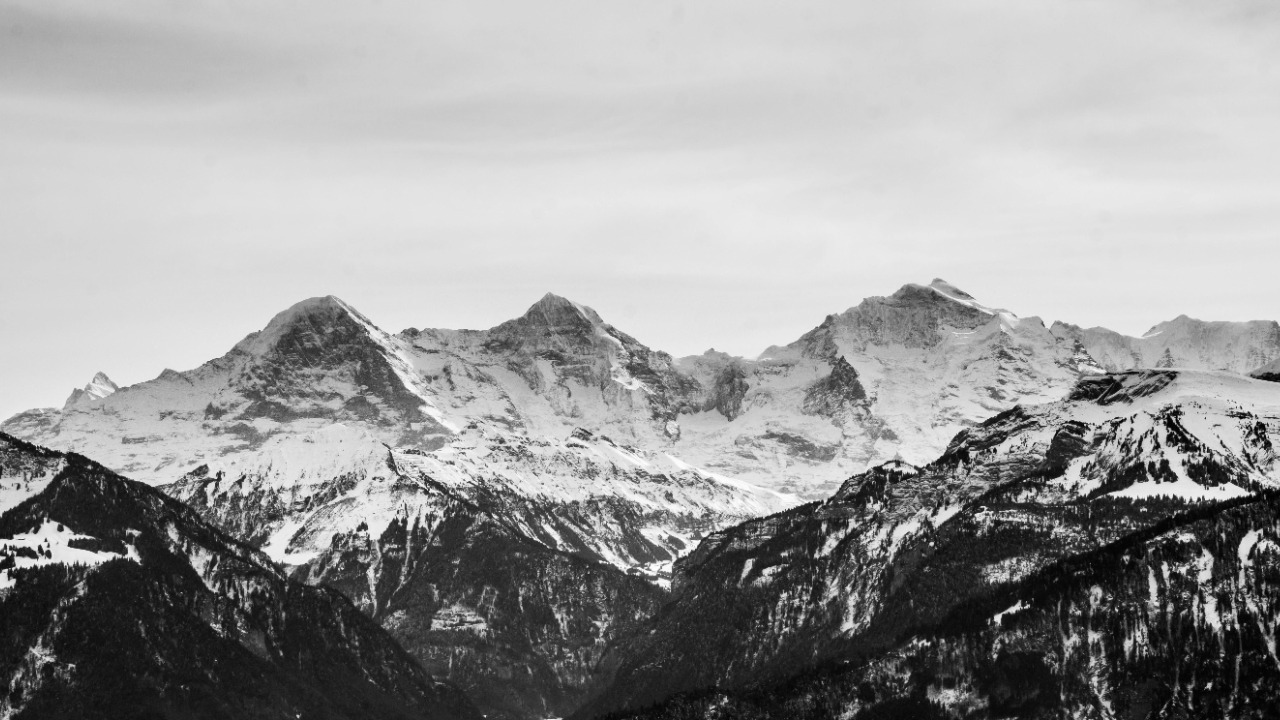
Greenland’s geological landscape is a testament to the dynamic natural forces that have shaped our planet over the years. The newly discovered pyramid-like peaks add another layer of complexity to this landscape, prompting geologists to reevaluate their understanding of the region’s formation. These structures might be remnants of ancient mountain ranges or volcanic activity, now obscured by the relentless movement of ice sheets.
There are several theories regarding the formation and age of these peaks. Some suggest that they could be remnants of tectonic activity that predates the ice age, while others believe they might have formed due to volcanic processes. Understanding the origin of these formations could offer insights into past climate conditions and the movement of ice sheets over time. Such findings are crucial for reconstructing Earth’s climatic history and predicting future changes in polar regions.
Cultural and Historical Speculations
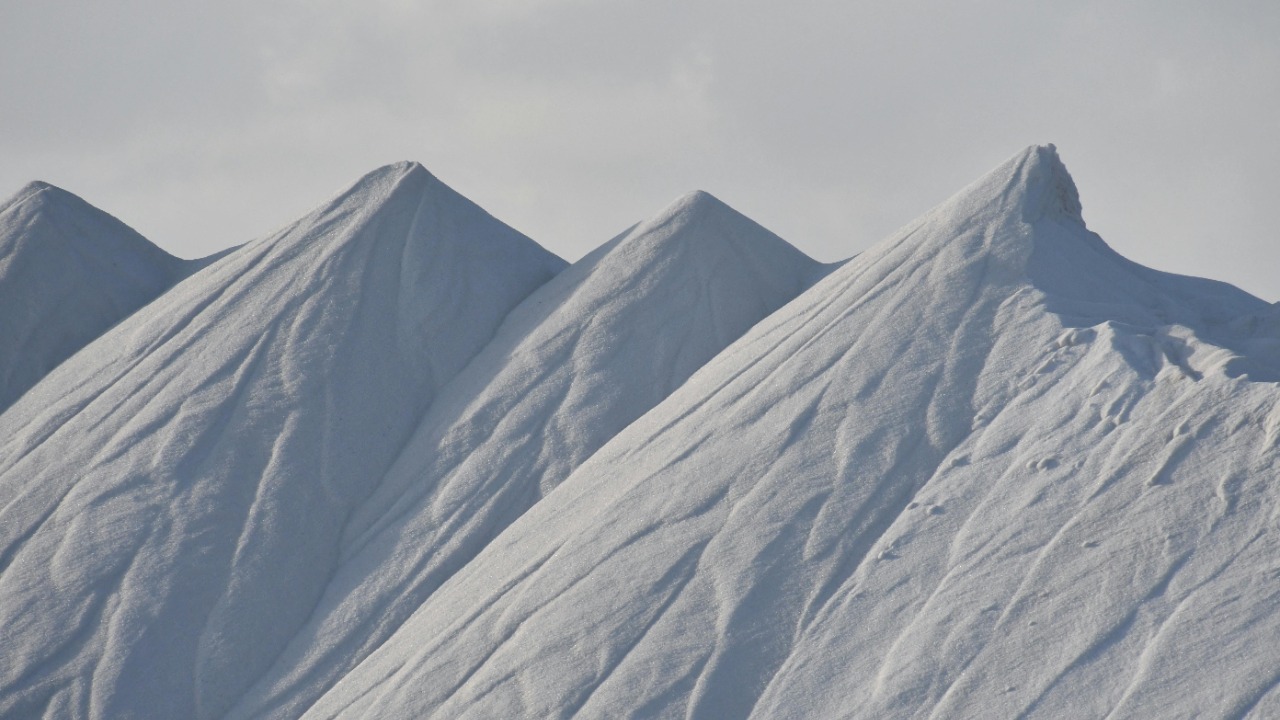
The discovery of pyramid-like structures inevitably fuels cultural and historical speculations. Popular theories and discussions on platforms like Reddit often link such formations to ancient civilizations or mythical narratives. While these ideas captivate the public imagination, the scientific community remains cautious, emphasizing the importance of evidence-based research over speculation.
Pyramids have long held symbolic meanings across various cultures, representing power, mystery, and ancient wisdom. The allure of these structures is undeniable, often leading to romanticized notions of lost civilizations hidden beneath the ice. However, while these theories make for compelling stories, scientists urge a focus on rigorous investigation and data collection to understand the true nature of these formations.
The Challenges and Risks of Exploration
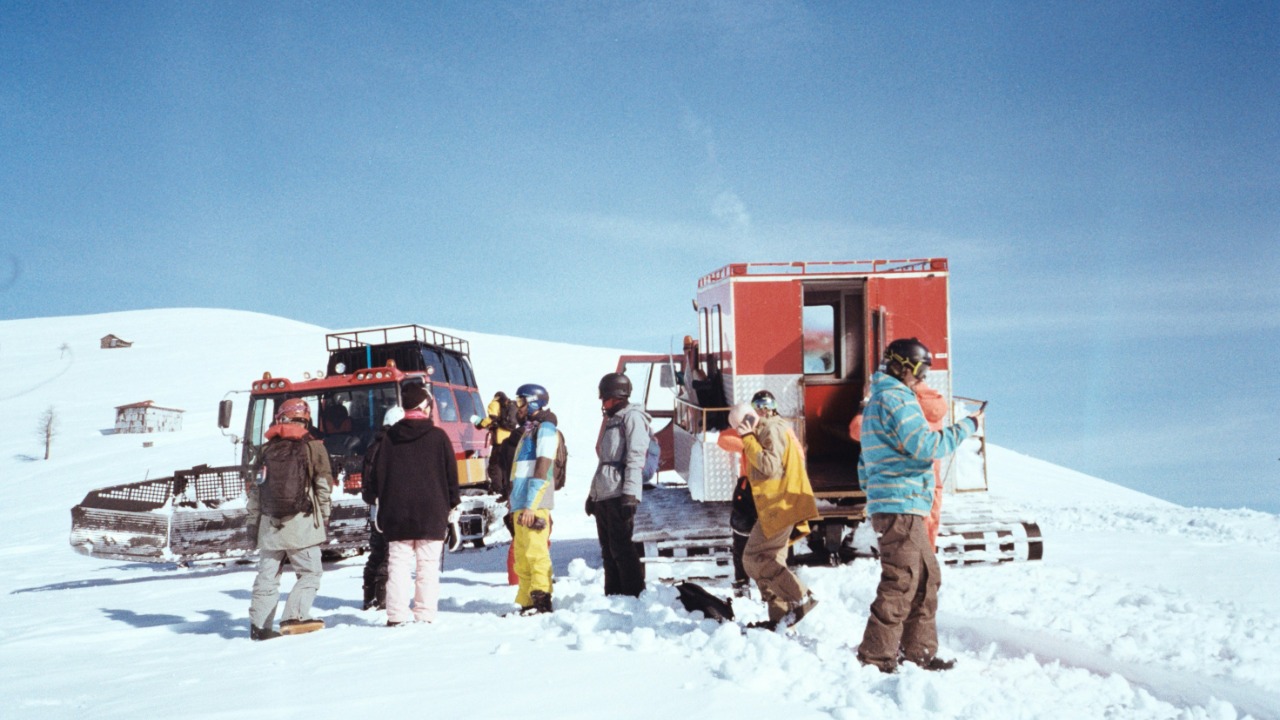
Exploring Greenland’s icy terrain presents a host of challenges and risks to researchers. The harsh conditions, characterized by extreme cold and unpredictable weather, make fieldwork both dangerous and logistically complex. Researchers must be equipped with specialized gear and technology to navigate the treacherous landscape safely.
Conducting research in such remote and inhospitable areas requires meticulous planning and resource allocation. Despite the risks, the drive to explore and study these peaks is strong, fueled by the human desire to uncover the unknown. As highlighted by discussions in mountaineering literature and documentaries, such as those referenced in BBC Travel, the pursuit of discovery often outweighs the inherent dangers.
Future Research and Implications
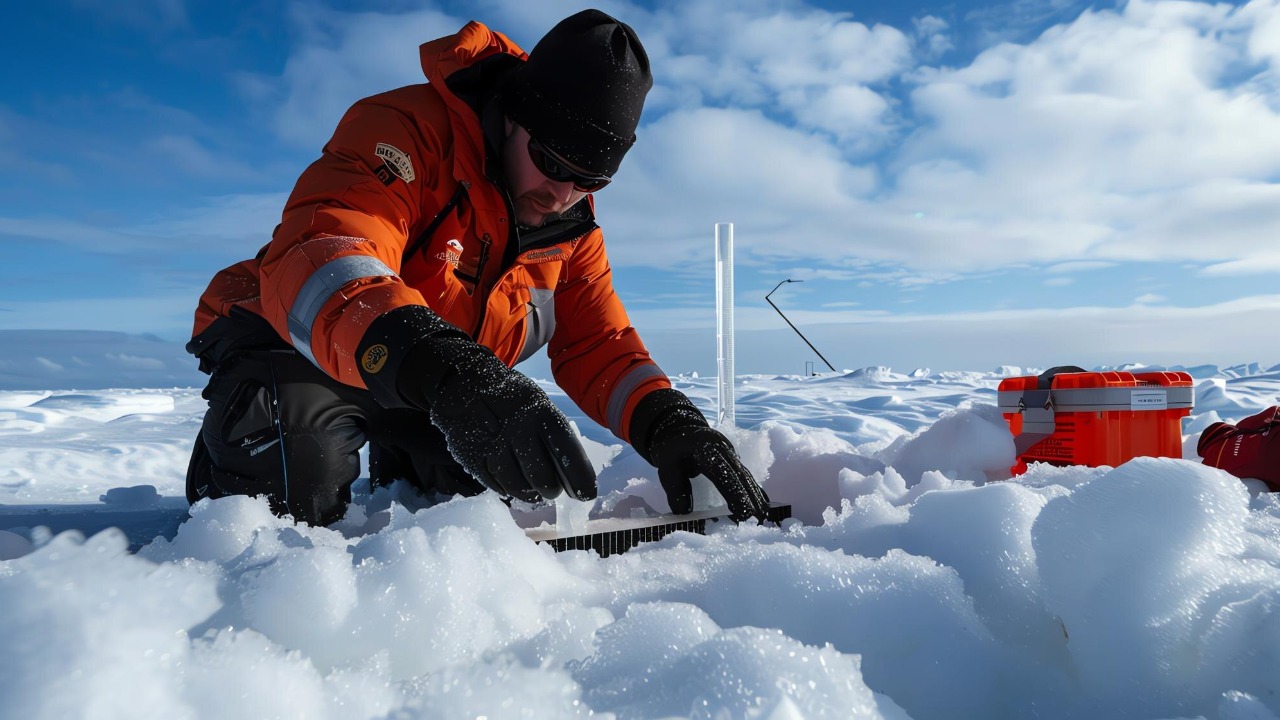
Ongoing and planned research efforts aim to delve deeper into the mysteries of these pyramid-like peaks. Scientists hope to gather more data through expeditions and advanced imaging techniques, potentially leading to breakthroughs in our understanding of Greenland’s hidden landscapes. These efforts are not without challenges, as researchers continue to grapple with the limitations of current technology and the extreme environmental conditions.
Future technological advancements could significantly enhance our ability to explore beneath the ice. Innovations in remote sensing and geophysical tools promise to provide clearer and more detailed images of subglacial formations, aiding scientists in their quest to unlock the secrets of Greenland’s icy depths. As highlighted by NBC News, these discoveries could have broader implications for our understanding of Earth’s history and the potential for similar finds in other unexplored regions.